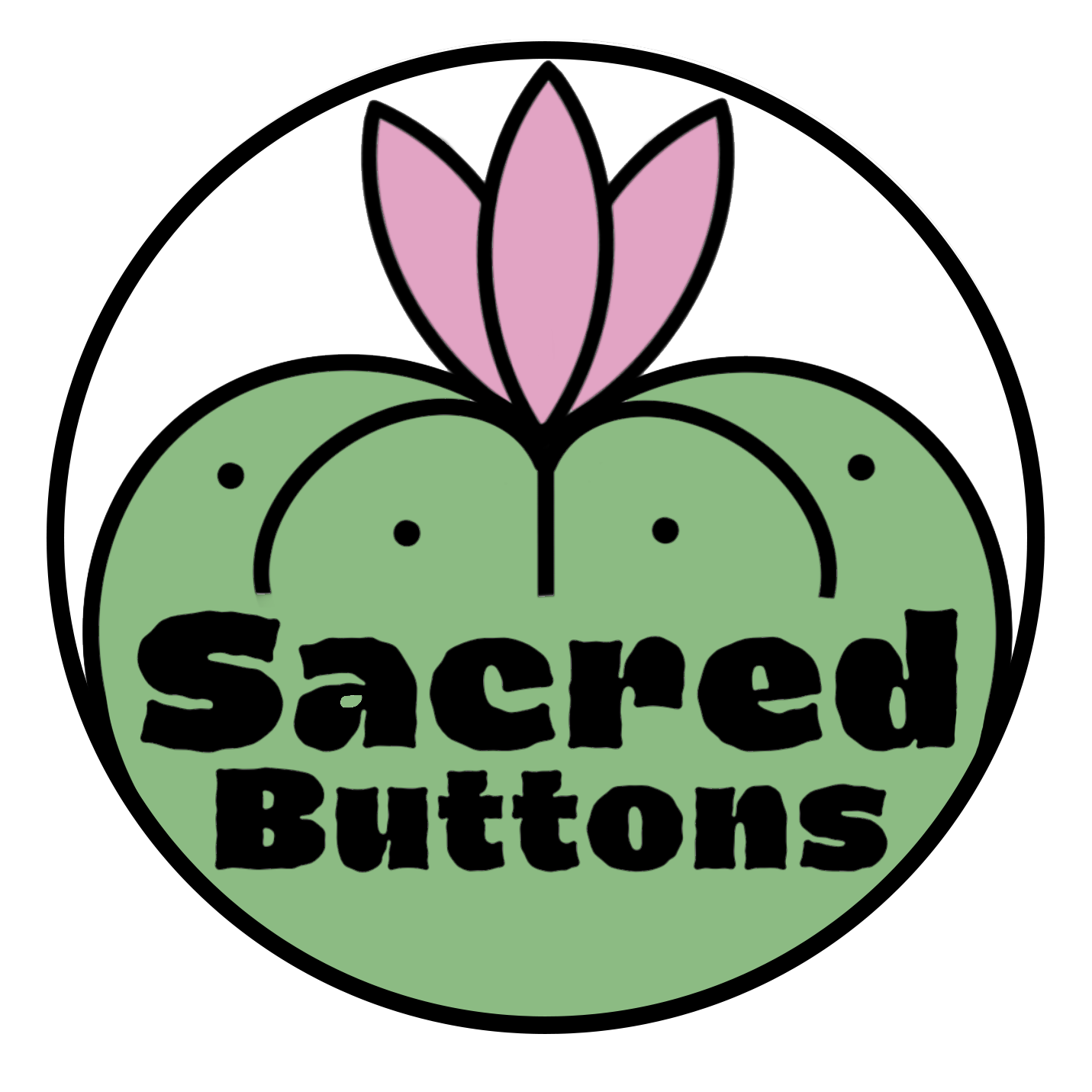In recent years, there has been increasing interest in the therapeutic potential of psychedelics for treating mental health disorders. From psilocybin mushrooms to MDMA, these substances are gaining recognition in the scientific community. However, one psychedelic that has been somewhat overshadowed is mescaline, a naturally occurring compound found in cacti like Peyote and San Pedro.
How Mescaline Works
Serotonin Receptors
Mescaline is a serotonin receptor agonist, meaning it binds to and activates serotonin receptors in the brain, particularly the 5-HT2A receptors. When mescaline binds to these receptors, it alters the normal functioning of serotonin, a neurotransmitter that regulates mood, perception, and cognition. This can cause visual and auditory hallucinations, an altered sense of time, and profound insights or emotional breakthroughs.
Increased Connectivity
Mescaline promotes increased connectivity between different regions of the brain. This heightened connectivity is believed to be responsible for the synesthetic experiences (e.g., seeing sounds, hearing colors) and the sense of interconnectedness and unity that many users report.
Default Mode Network (DMN) Modulation
The DMN is a network of brain regions that is active during rest and involved in self-referential thinking and rumination. Psychedelics like mescaline temporarily disrupt the normal functioning of the DMN, which can lead to a reduction in the ego or a sense of self, often described as "ego dissolution." This disruption is thought to allow for new perspectives and insights, which can be therapeutic.
Glutamate Release
Mescaline also influences the release of glutamate, a key neurotransmitter involved in learning and memory. This effect can contribute to the profound changes in thought processes and emotional states that users experience.
Medical Studies on Mescaline
Research on mescaline is less extensive than other psychedelics, but reveals promising possibilities for mental health treatment.
Depression and Anxiety
A 2019 study published in the Journal of Psychopharmacology found that individuals who used mescaline reported significant reductions in symptoms of depression and anxiety. Participants described enduring positive changes in mood and overall mental well-being.
Addiction
Mescaline has been explored for its potential to treat addiction. A landmark study from Harvard University in the early 1960s indicated that mescaline could help individuals with alcoholism reduce cravings and achieve sustained abstinence. These early findings highlight the need for renewed research into mescaline's role in addiction therapy.
PTSD
The Multidisciplinary Association for Psychedelic Studies (MAPS) is currently investigating the use of mescaline for treating PTSD. Preliminary results suggest that, when used in a therapeutic setting, mescaline can facilitate profound emotional healing and reduce PTSD symptoms.
Indigenous Wisdom Meets Modern Science
Indigenous peoples of North and South America have known about the healing properties of mescaline-containing cacti, such as peyote and San Pedro, for thousands of years. Tribes such as the Wixárika and members of the Native American Church have incorporated these sacred cacti into their religious ceremonies and healing rituals.
The use of these cacti is believed to facilitate deep introspection, emotional release, and spiritual connection, helping individuals to overcome psychological traumas, alleviate depression and anxiety, and gain profound insights into their lives and the world around them.
Overcoming Legal Barriers
Legal barriers have made the study of mescaline for treating mental health difficult. Mescaline is illegal in many countries and is classed as a schedule 1 drug in the USA, making it difficult for researchers to obtain the necessary permissions to study its therapeutic effects. Thankfully, advocates like Rick Doblin, founder of the Multidisciplinary Association for Psychedelic Studies (MAPS) are working to change these laws.
Through public education campaigns, extensive research and lobbying efforts, these advocates aim to prove the safety and efficacy of mescaline and other psychedelics in mental health treatment. These advocates are pushing for reclassification, increased funding for research, and the implementation of compassionate use policies, which would allow patients to access these potentially life-changing treatments even before full legalization is achieved.
Conclusion
The potential of mescaline to treat mental health conditions is immense, yet it remains underexplored compared to other psychedelics. As research continues, we may gain even deeper insights into how this ancient psychedelic can be harnessed to promote healing and well-being. With its rich history of use by indigenous cultures and promising early research findings, mescaline stands as a beacon of hope in the realm of psychedelic therapy.

